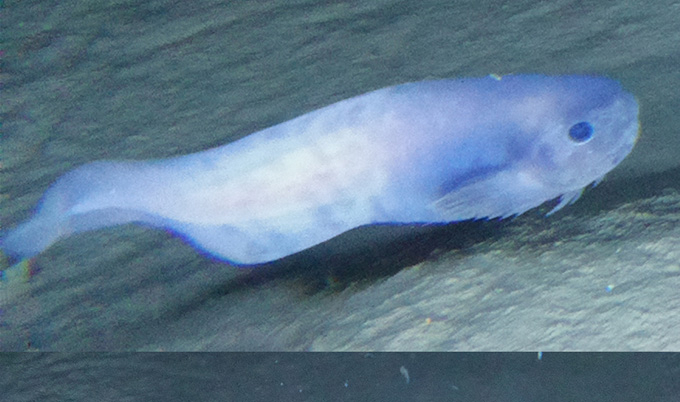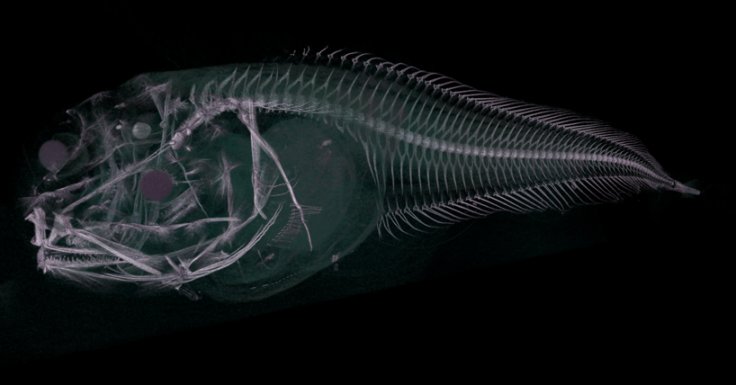There are many secrets, lying under the deep blue oceans including undiscovered creatures. Not only in movies but also, in reality, many divers have seen some incredible water animals thousands of meters below the ocean's surface. Recently a group of 40 scientists from 17 countries have discovered new species of fish below the surface of the water in the Pacific Ocean.
This group of scientists had a trip to the Atacama Trench, one of the deepest points in the Pacific Ocean and journeyed 7.5 kilometres below the water surface to study the water creatures. During the process, they discovered three new species of fish.
On Monday, September 10 the University of Newcastle announced this discovery and the scientists have named these their water creatures temporarily as the pink, the blue and the purple Atacama Snailfish.

As per the scientists, while these three incredible creatures were swimming around the ocean floor, the camera captured them. In the video, the snailfish appeared to be long and gelatinous, with translucent skin.
One of the scientists who worked on the project, Dr Thomas Linley, from the University of Newcastle said, "There is something about the snailfish (fish of the family Liparidae) that allows them to adapt to living very deep. Beyond the reach of other fish, they are free of competitors and predators."
"Their gelatinous structure means they are perfectly adapted to living at extreme pressure and in fact, the hardest structures in their bodies are the bones in their inner ear which give them balance and their teeth. Without the extreme pressure and cold to support their bodies they are extremely fragile and melt rapidly when brought to the surface," he further added.
However, scientists have managed to bring one of the newly discovered species of snailfish to the surface, after it swam into one of their traps. Linley said the snailfish are the top predators at that level of the ocean.

The specimen that was preserved actually look like in very good condition and the team of the researchers from the Natural History Museum in London are studying it. But, this not all, the University of Newcastle also captured a rare spider-like creature, which is known as Munnopsids. As described by the scientists, this unusual sea creature was roughly the size of an adult hand.
"These crustaceans have small bodies, extraordinarily long legs and swim backwards and upsides down, propelling themselves with paddles on their ventral side -- their 'tummies' -- before righting themselves on the seafloor and spreading their long walking legs out like a spider," the University stated.
Last year, Alan Jamieson, a marine ecologist at Newcastle University, conducted a study along with his team that has found some of the organisms living in the Mariana Trench have swallowed man-made plastics. This incident indicated that the deep sea area, which is derived from sunlight, the plastic pollution has reached that zone to embrace it. The lead author of this research called this situation "very worrying."
"Once these plastics reach the deep-sea floor there is simply nowhere else for them to go, therefore it is assumed they will simply accumulate in greater quantities," he continued.
"Also, the number of areas we found this in, and the thousands of kilometre distances involved shows it is not just an isolated case, this is global," Jamieson further added.









